Introduction
What dessert has cooled emperors and kids alike for centuries? The history of ice cream traces a path from ancient Persia’s snow-chilled treats to modern parlors serving wild flavors. Made with milk, sugar, and dashes of vanilla or mango, it’s a global favorite at picnics and parties. From rare royal delicacies to scoops in every freezer, its story is packed with twists. Let’s uncover how ice cream became a worldwide sensation.
“Ice cream is happiness condensed,” wrote author Jessi Lane Adams, capturing its universal appeal. The history of ice cream weaves together recipes, inventions, and cultural moments that made it a staple. Whether at a Tokyo festival or a New York beach, it brings people together. This article explores its origins, growth, and role in society, dishing out the details behind every creamy bite.
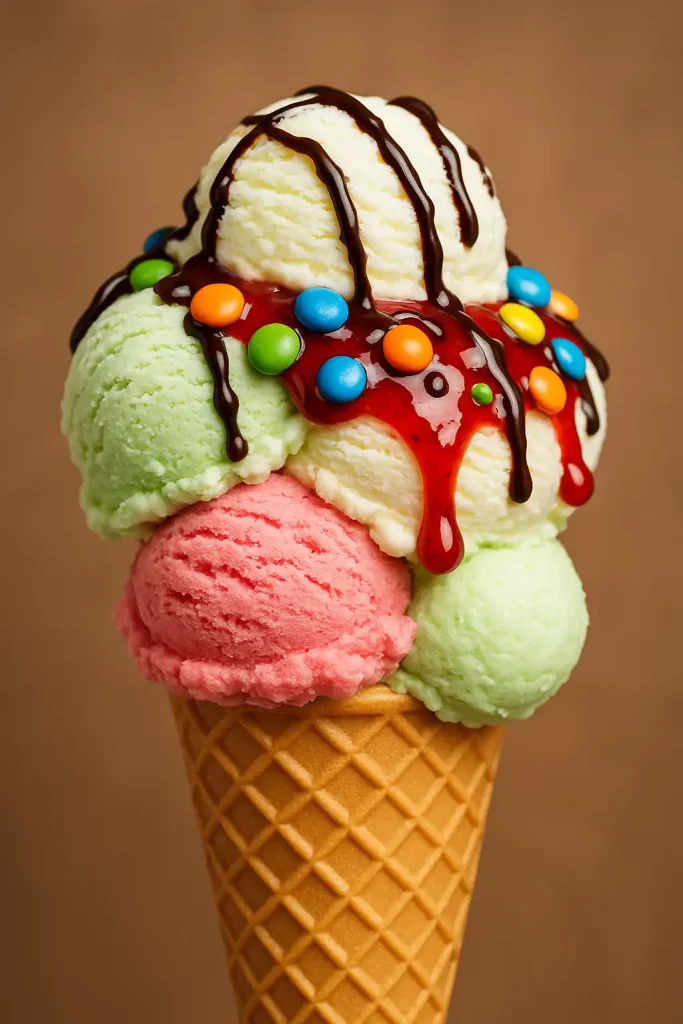
Ancient Roots of Frozen Treats
What dessert could emperors savor without freezers? Around 500 BCE, Persians mixed grape juice with snow to create “sharbat,” a treat for royalty. These ice cream origins sparked a legacy of frozen desserts. By 200 BCE, Chinese chefs blended milk and ice for their rulers, crafting an early creamy version. Ice was so scarce that only the elite could indulge in such luxuries.
Did Marco Polo really bring ice cream to Europe? Some claim he carried a frozen milk recipe from China to Italy in the Middle Ages, though historians question this. Meanwhile, Arabs turned sharbat into “sherbet,” a fruity ice mix that reached European ports. Storing ice required hauling snow to icehouses, a costly feat. The history of ice cream in this era shows chefs turning limited resources into regal feasts.
By the 1600s, Italian chefs at European courts mastered creamy frozen recipes. They used ice harvested in winter for summer banquets, a luxury showcased at events like French royal weddings. Such treats marked wealth, as only nobles could afford them. These efforts laid the groundwork for ice cream to reach markets and homes beyond palaces.
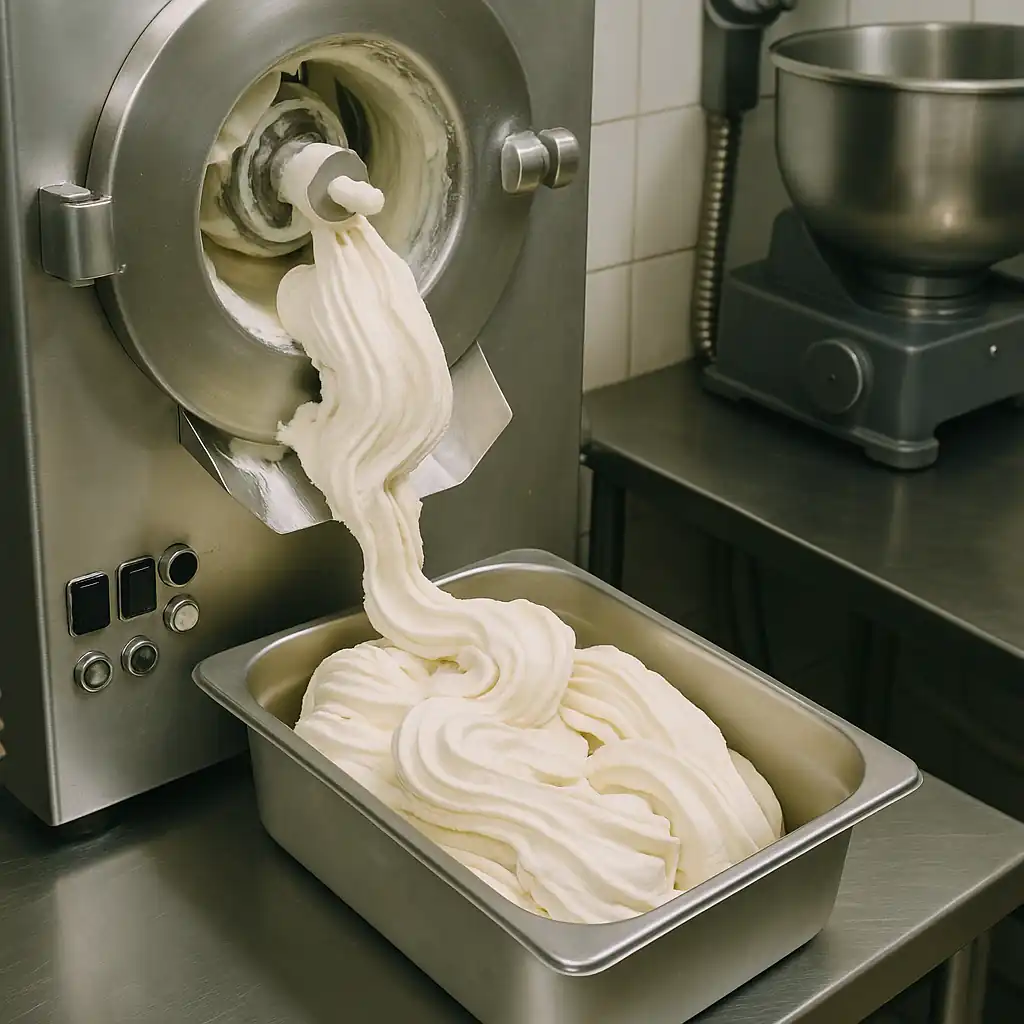
Ice Cream’s Global Spread
Step into a bustling 1800s London market, where vendors hawk icy treats. In the 1700s, ice cream reached America, with 1740s cookbooks listing recipes for raspberry and lemon flavors. Thomas Jefferson served it at White House dinners, tying it to celebrations like Independence Day. The history of ice cream in early America made it a symbol of festive gatherings. Yet, hand-churning and river ice made production grueling.
Across Europe, ice cream parlors bloomed in cities like Paris and London. Italian immigrants sold gelato from carts, boosting the cultural impact of ice cream. In 1800s London, “penny licks” offered cheap scoops in shared glass cups, though hygiene was a concern. These shops drew families to share treats, turning ice cream into a weekend ritual for city dwellers.
Could a single invention make ice cream affordable? In 1843, Nancy Johnson’s hand-crank freezer cut churning time, letting vendors sell fresh batches at local fairs. By the late 1800s, ice cream stalls lined American and European towns, serving workers and kids alike. This shift spread ice cream’s charm, making it a shared delight across continents.
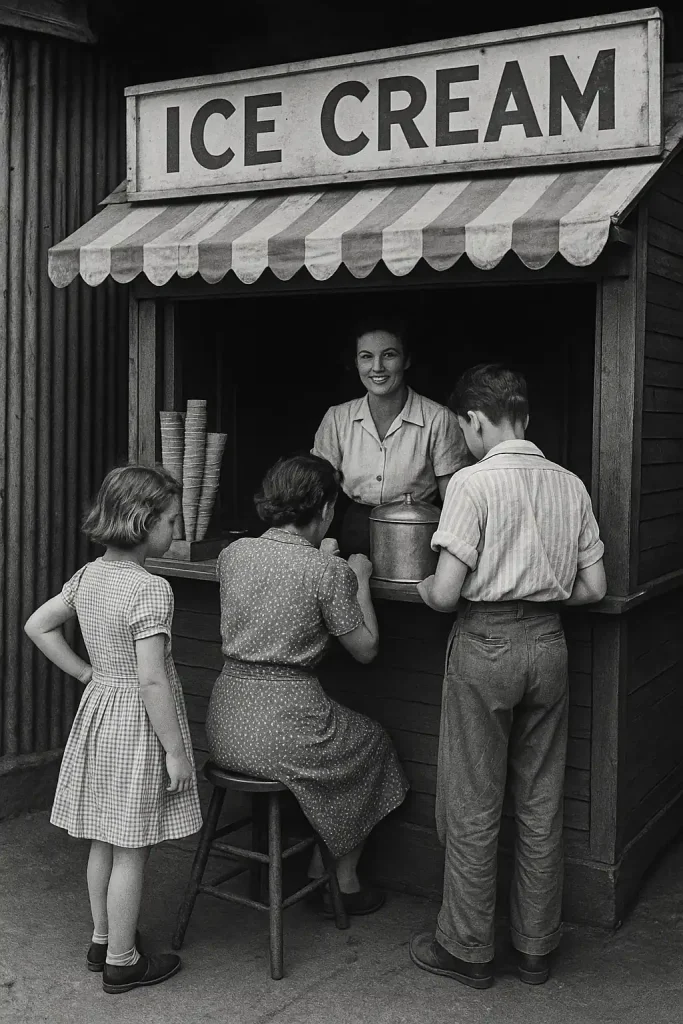
Innovations That Shaped Ice Cream
What if you could enjoy ice cream year-round? The late 1800s brought ice cream innovations, like steam-powered churners that produced gallons for factories. By the 1900s, brands like Baskin-Robbins stocked grocery stores with pints. At the 1904 St. Louis World’s Fair, vendors paired ice cream with waffled cones, delighting crowds with a portable treat. These advances made ice cream a star at picnics and parties.
In the 1920s, electric freezers replaced icehouses, letting shops sell ice cream even in winter. Soft serve, born in the 1930s, won fans at drive-ins like Dairy Queen with its silky texture. Meanwhile, Good Humor trucks delivered bars to neighborhoods, their jingles echoing through streets. The history of ice cream reflects how machines turned a seasonal dessert into a daily pleasure.
From chocolate to seaweed or spicy chili, today’s flavors push boundaries. Liquid nitrogen churning creates smooth scoops, while vegan and nut-free options meet new diets. Yet, ice cream production challenges, like high costs for organic cream or strict allergen controls, test makers. These ice cream innovations keep the dessert fresh, balancing creativity with practical hurdles.
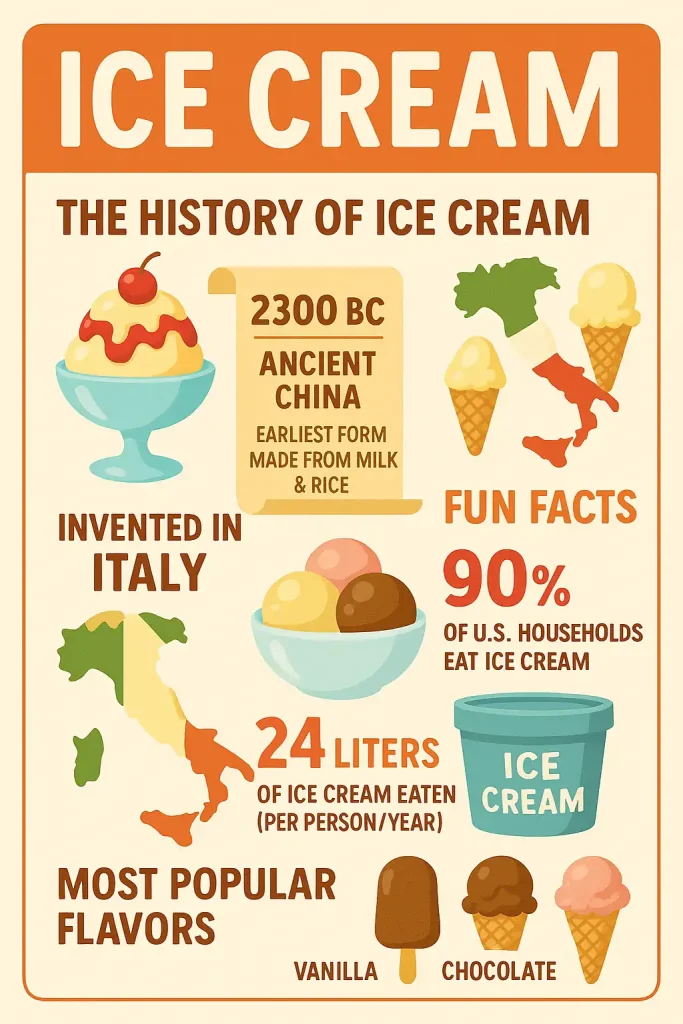
Cultural and Social Significance
“Give me ice cream, and I’ll conquer the world,” a kid might joke, chasing a truck’s tune. In the U.S., ice cream evokes memories of summer fairs or first dates, with brands like Ben & Jerry’s naming flavors after causes like fair trade. The cultural impact of ice cream spans the globe, from Japan’s mochi ice cream at street festivals to Italy’s gelato in historic piazzas, each tied to local pride.
Parlors buzz with friends sharing sundaes or kids celebrating good grades. Global events like National Ice Cream Month in July host scoop-offs and tastings, drawing crowds. However, high sugar content ties ice cream to diabetes debates, prompting low-sugar options. The history of ice cream captures its role in uniting people, even as it faces health concerns.
Around the world, ice cream takes forms like India’s cardamom kulfi at weddings or Turkey’s stretchy dondurma twirled by performers. Yet, ice cream production challenges, like carbon-heavy freezing, push brands to adopt recyclable packaging or solar-powered freezers. These efforts, seen in companies like Häagen-Dazs, draw eco-conscious fans, showing ice cream can evolve at events like Italy’s Gelato Festival.
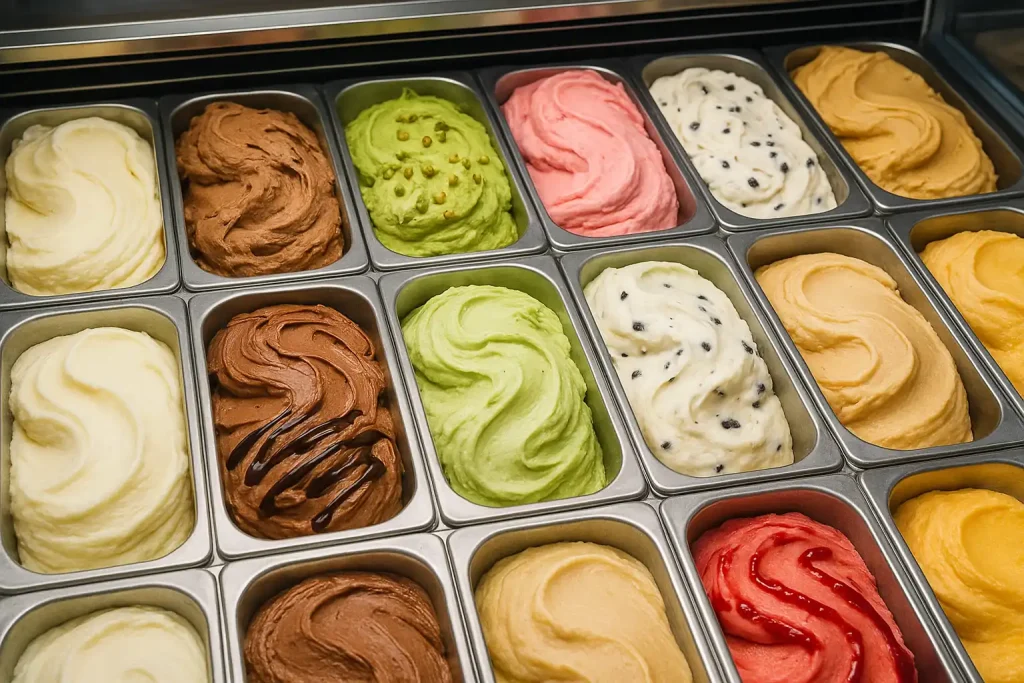
Leave a Reply